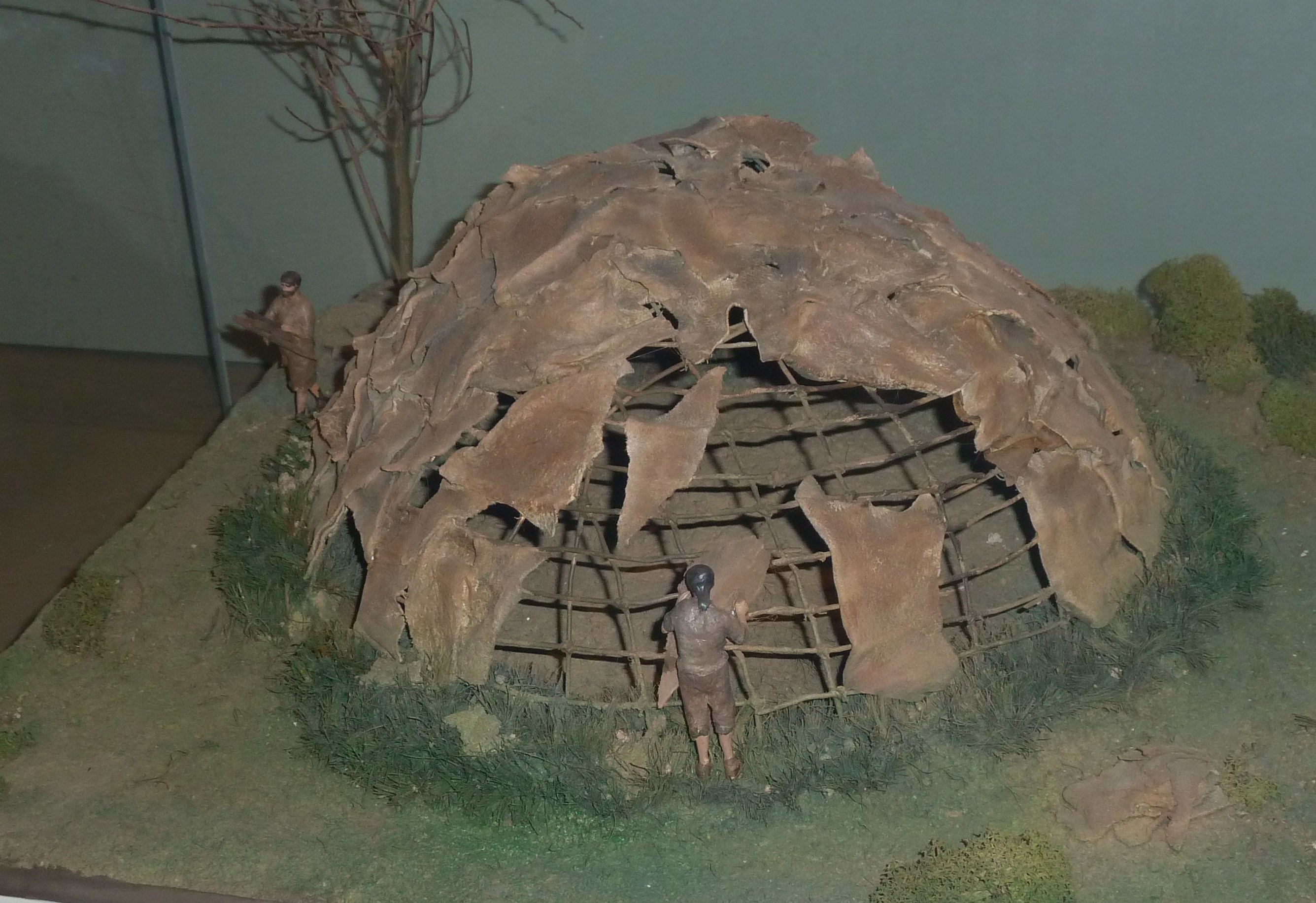Mount Sandel Mesolithic site on:
[Wikipedia]
[Google]
[Amazon]
 The Mount Sandel Mesolithic site is in
The Mount Sandel Mesolithic site is in
Coleraine
Coleraine ( ; from ga, Cúil Rathain , 'nook of the ferns'Flanaghan, Deirdre & Laurence; ''Irish Place Names'', page 194. Gill & Macmillan, 2002. ) is a town and civil parish near the mouth of the River Bann in County Londonderry, Northern I ...
, County Londonderry
County Londonderry ( Ulster-Scots: ''Coontie Lunnonderrie''), also known as County Derry ( ga, Contae Dhoire), is one of the six counties of Northern Ireland, one of the thirty two counties of Ireland and one of the nine counties of Ulster. B ...
, Northern Ireland
Northern Ireland ( ga, Tuaisceart Éireann ; sco, label= Ulster-Scots, Norlin Airlann) is a part of the United Kingdom, situated in the north-east of the island of Ireland, that is variously described as a country, province or region. Nort ...
, just to the east of the Iron Age
The Iron Age is the final epoch of the three-age division of the prehistory and protohistory of humanity. It was preceded by the Stone Age (Paleolithic, Mesolithic, Neolithic) and the Bronze Age (Chalcolithic). The concept has been mostly appl ...
Mount Sandel Fort
Mount Sandel Fort is an Iron Age fort in Coleraine, County Londonderry, Northern Ireland. The remains of the fort are located close to the Mount Sandel Mesolithic site. Mount Sandel Fort mound is a State Care Historic Monument in the townland o ...
. It is one of the oldest archaeological sites
An archaeological site is a place (or group of physical sites) in which evidence of past activity is preserved (either prehistoric or historic or contemporary), and which has been, or may be, investigated using the discipline of archaeology and ...
in Ireland
Ireland ( ; ga, Éire ; Ulster Scots dialect, Ulster-Scots: ) is an island in the Atlantic Ocean, North Atlantic Ocean, in Northwestern Europe, north-western Europe. It is separated from Great Britain to its east by the North Channel (Grea ...
with carbon dating indicating an age of 9,000 years old (7,000BC). Gwendoline Cave, County Clare
County Clare ( ga, Contae an Chláir) is a county in Ireland, in the Southern Region and the province of Munster, bordered on the west by the Atlantic Ocean. Clare County Council is the local authority. The county had a population of 118,817 ...
is the only site in Ireland with evidence of human occupation which pre-dates this location. Mount Sandel Mesolithic site is a Scheduled Historic Monument in the townland
A townland ( ga, baile fearainn; Ulster-Scots: ''toonlann'') is a small geographical division of land, historically and currently used in Ireland and in the Western Isles in Scotland, typically covering . The townland system is of Gaelic origi ...
of Mount Sandel, in Causeway Coast and Glens Council area, at Grid Ref: C8533 3076. It was excavated by Peter Woodman
Peter Woodman (2 July 1943 – 24 January 2017) was an Irish archaeologist specialising in the Mesolithic period in Ireland. He was a professor emeritus at University College Cork and a former keeper of the Ulster Museum.
Education and ca ...
in the 1970s.
It has been said that "The Mt. Sandel excavations dominate the picture of the Early Mesolithic (in Ireland) as so few other sites have been excavated and fully published, let alone found. Not only that, but here was evidence for dwellings – until recently it was not until the Neolithic that there was again evidence for houses in Ireland." (M. Litt thesis) These excavations revealed the remains of no less than ten structures, although these were not all contemporaneous, and a large number of pits, post-holes and hearths. When the structures could be made out most of them were apparently roughly oval in plan and measured approximately in width. They had been built over shallow man-made depressions and were defined by stout post-holes. Many of the post holes were inclined towards the centre of the building which suggests that they were for holding saplings which were bent inwards after being driven into the ground to make a tent or tepee
A tipi , often called a lodge in English, is a conical tent, historically made of animal hides or pelts, and in more recent generations of canvas, stretched on a framework of wooden poles. The word is Siouan, and in use in Dakhótiyapi, Lakȟó ...
like structure. It is assumed that this framework was then covered in hide, reed or some other organic material. Within the huts a hearth was positioned in the centre.
It is thought that this site was most likely home to a small extended family group which occupied this site for most of the year. They were hunter-gatherers catching the migrating salmon during the summer, gathering hazelnuts in the autumn and hunting wild boar in the winter. Their robust homes were heated by internal hearths and they represent the only confirmed Mesolithic
The Mesolithic (Greek: μέσος, ''mesos'' 'middle' + λίθος, ''lithos'' 'stone') or Middle Stone Age is the Old World archaeological period between the Upper Paleolithic and the Neolithic. The term Epipaleolithic is often used synonymous ...
houses so far found in Ireland.
See also
*Mount Sandel Fort
Mount Sandel Fort is an Iron Age fort in Coleraine, County Londonderry, Northern Ireland. The remains of the fort are located close to the Mount Sandel Mesolithic site. Mount Sandel Fort mound is a State Care Historic Monument in the townland o ...
References
{{DEFAULTSORT:Mount Sandel Mesolithic Site Prehistoric sites in Northern Ireland Archaeological sites in County Londonderry Coleraine Scheduled monuments in Northern Ireland Former populated places in Northern Ireland Mesolithic Europe